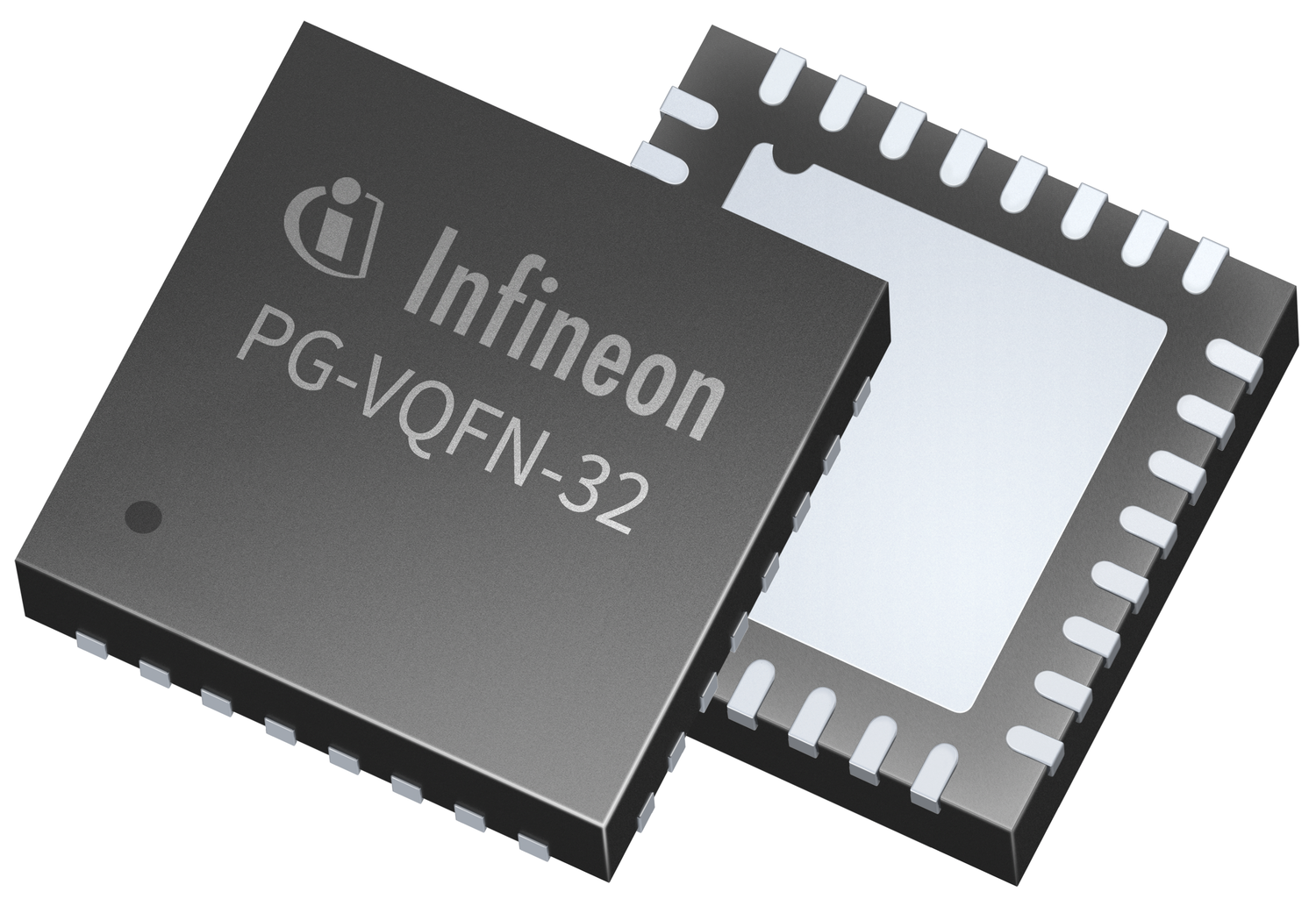Description
Basic Features
-
– ISO/IEC 7816 compatible commands,
– Compatibility with the most important international standards providing long-term security for integration in standardized environments,
– Expandability of the operating system with the subsequent addition of software packages,
– Integrity protection of all active software packages preventing the use of corrupt software,
– “Command chaining” in accordance with ISO/IEC 7816-4,
– A dynamic, flexible file system based on ISO/IEC 7816-4 with the following characteristics:
-
– Number of files and folders with any depth of nesting,
– Support of Short File IDs,
– Dynamic memory management for optimal utilization of the available EEPROM,
– Protection mechanisms against EEPROM defects, power failure, and card tearing,
– Flexible Memory Management for RAM and EEPROM,
– Support of CV (card verifiable) certificates:
-
– Extraction and use of the public key directly from the certificate,
– Verification of certificates and certificate chains.
Cryptographic Functions
-
– Symmetric Algorithms:
-
– Triple DES (CBC) with ISO padding,
– DES MAC3 and Retail MAC with ISO or ANSI padding,
– AES (CBC) with key length 128, 192, 256 bit,
– AES CMAC with ISO padding.
– Asymmetric algorithms:
– RSA based on CRT with an arbitrary public exponent with key length up to 4096 bit,
-
– PKCS#1-BT1 or PKCS#1-BT2 padding,
– PSS Padding according to PKCS#1 V2.1,
– Elliptic Curve Cryptography based on GF(p) with key length up to 521 by.
– Calculation of cryptographic hash values with SHA-1, SHA-224, SHA-256, SHA-384, SHA-512,
– Creation and verification of digital signatures with RSA and ECDSA,
– Internal and external key generation for RSA and EC keys,
– Secured key import with Secure Messaging,
– Support of EC Key Agreement of ElGamal Type (ECKA-EG) and EC Key Agreement with Diffie-Hellmann (ECKA-DH),
– Flexible derivation of session keys,
– True random number generator.
Communication Interfaces
SPI and I2C interfaces:
-
– APDU transmission,
– Support of extended length APDUs according to ISO/IEC 7816-4,
– Up to four logical channels,
– Communication speed:
– 8 MHz for SPI (SPI Slave),
– 400 kHz for I2C (I2C Slave)
Transmission protocol according to ISO/IEC 7816-3:
-
– T=1 protocol,
– Support of extended length APDUs according to ISO/IEC 7816-4,
– Up to four logical channels,
– Support of protocol parameter selection (PPS),
– Support of WTX (Waiting Time eXtension),
– Fast, selectable communication with up to 446 kbaud.
All hardware interface I/O pins (SPI, I2C, and ISO7816) are provided on different pins of the chip, which allows to layout the signals to separate controller interfaces.
Hardware Platform
CardOS IoT V5.4 is based on the innovative digital security technology ‘Integrity Guard’ from Infineon and is implemented on the SLE78 next generation security controller platform using SOLID FLASHTM*. SOLID FLASHTM products offer significant value add like increased logistic flexibility and faster time to market.
CardOS IoT V5.4 is available on the chip SLE78CSFX5000P providing about 250 kByte user memory.
CardOS IoT V5.4 is offered in wafer form or as SMD chip in a VQFN32 package.
Initialization & Personalization
The partly patented personalization and initialization procedures facilitate cost-efficient mass production of the CardOS IoT V5.4 secure elements as well as high performance, highly secure modification of existing applications and the addition of new applications in the field.
-
• Support of independent personalization for individual applications,
• Integrated security concept for initialization and personalization,
• Alternative physical initialization concept for secure manufacturing.


